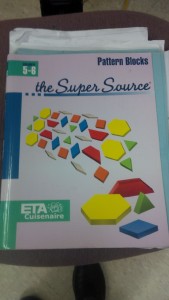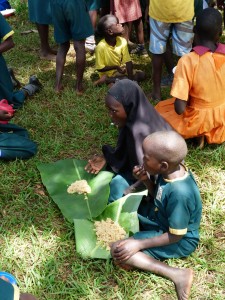It has been a long, arduous journey from September to the end of June and we are just weeks away from closing the chapter on another academic year. I am going to relive the last ten months of a fictional elementary school teacher.
A group of twenty plus disconnected, diverse individuals arrived in your classroom with a variety of needs beyond their academic status. Through careful planning, creative thinking, endless commitment and tremendous flexibility you were able to to:
- make each child feel welcomed and loved
- create a learning community
- develop the confidence and self-esteem of your students
- help them move forward in all academic areas
- taught them the power of being a team
- provided off campus, intramural, choir, club and athletic opportunities for them
- offered them a high five to celebrate and emotional support when needed
- in some cases provided food to meet their basic needs
- laughed and cried with them
- believed in them enough to provide tough love
- wrote reports, called parents, attended meetings
- organized assemblies and spirit days
- created Individual Educational Programs
- purchased necessary materials for your class and students
- spent endless hours beyond your school day
- gave up personal and family time for your students
- helped develop future global citizens
- attended a variety of professional learning opportunities to help in your journey toward best practice
- you have sacrificed personal health for your class and school
- please continue this list with anything I have missed
THANK YOU! THANK YOU! THANK YOU! On behalf of students and parents everywhere, you continue to be a part of one of the most rewarding and important roles there is. You are a teacher!
I would also like to take this time to thank ETFO for the opportunity they have given me to be a part of the Heart & Art blog for the last 5 years. In that time I have had the wonderful opportunity to learn from many talented people. I have had comments shared with me that reminded me how proud I am to be a part of this profession. Finally, I have become a better teacher as my blogging has helped me reflect on the day-to-day work in my classroom. I am making this my last blog and challenge the many talented and inspiring teachers in ETFO to join in and share the expertise that lies within you and your teaching. THANK YOU!

















